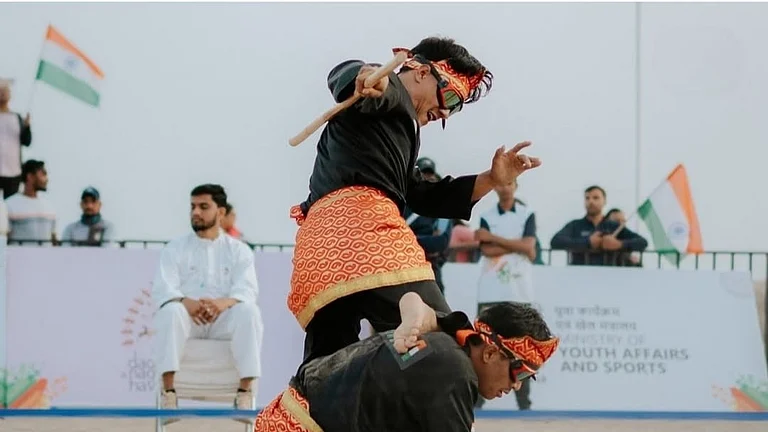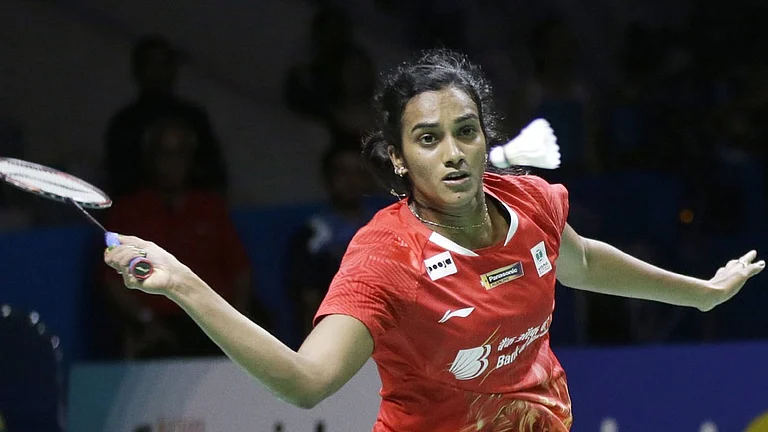The contemporary scenario in India is laden with fissures and volcanoes in the realm of social, political, and economic setup. In the qualified Montesquieuan setup adopted by India, power —decision making and ability to influence decisionmaking— is divided between Legislature, Executive, and Judiciary. Among them the third institution is held more pro-people as the final principled yet organic interpretation of the Constitution falls on its shoulders. The hermeneutics of Constitutional Morality is its fora and mandate.
With more responsibility and expectations, the Judiciary can’t escape the principle of accountability for which it has been targeted especially in the post-2014 period which falls in the period of the globalised post-truth era. Judicial behavior has definitely not been saintly yet at times it was and is an institution where the common populace seek respite as their last refuge and guardian of human rights.
In the above illustrated backdrop, there comes a timely intervention in the form of a quantitative research titled ‘Court on Trial’ that analyses the trajectory of Supreme Court of India using a constructive yet critical framework. Three scholars have co-authored this book of which two are not Indian citizens. Rather this fact adds more legitimacy to this text as it helps the book to be free from biases and makes it more objective. Though the book is a data-driven account, it’s not a work of vapid, boring datasets but offers qualitative insights too which plugs the loopholes in the earlier constructed paradigms in the works on the Supreme Court of India.
With meticulous simulation and analysis of over 1 million Supreme Court cases and its other corresponding elements, the book produces pragmatic suggestions that could help the Supreme Court to do away many of the lacunas that it has consciously or unconsciously absorbed, inherited, or have been historically got organised since its inception.
Chapter 1 starts with a hypothesis of examining whether the Supreme Court is a people’s court. It tries to delineate the difference between admission of the cases and winnability of the cases. It also establishes that only emphasising on democratic accessibility works against the spirit of social democracy and adds to the conundrum of judicial pendency at the apex level. This has large repercussions as emphasis on maximum accessibility leads to drifting of the apex court from its ought to be constitutional mandate; enhancing the integrated judicial modus-vivendi and broadening the idea of justice which is only linked with accessibility.
Another important insight this chapter offers is the clarity that the Apex Court can offer by announcing precise legal rules leading to improved judicial mechanisms by reducing the burden of cases and distribution of the caseloads across the vertical structure of Judiciary. It moots for a more nuanced and pragmatic way to ensure and achieve the ideal of Complete Justice articulated in the Article 142 of the Constitution of India.
Chapter 2 dwells on the reasons as the backward linkages that lead to judicial delays. It breaks the caseload in its qualitative and quantitative realms by pointing to the poly-vocality of the court. It is a result of two factors: more time spent on deciding the admissibility of cases and inability of the court to spare judges for larger benches to decide constitutional cases. The chapter provides a constructive critique on liberal approach of the court to the exceptional special leave petition (SLP) which compounds the already existing problem of delays.
The Master of Roster powers of the Chief Justice of India (CJI) are also discussed along with the perils of favoritism in selection of benches, cherrypicking during the listing of cases by the Registrar, and a brilliant comparative case study of the case of Arnab Goswami and the dilution of Article 370 of Jammu and Kashmir. This chapter could have been more enriched by shedding more light on the personality traits of CJIs and how the idea of justice itself is at their mercy as recently shown by Aditya Manubarwala where the power of Master of Roster can be transformed to Master of Judges. This was witnessed in the famous press conference by four senior-most judges against the then CJI Dipak Mishra in 2018.
Chapter 3 is one of the most insightful chapters of this book and addresses the little-discussed power of the face value of the Senior Advocates — or to use Marc Galanter and Nick Robinson's analogy of ‘India’s Grand Advocates’. It brilliantly portrays the dialectical processes at work between SC judges and the senior advocates, with power of Bar Council firmly behind them and the hegemony attached to their number of years of practice. This normally translates to their star power reflected in their cases being admissible owing to the intermixture of trust, expertise, fear, and aura. The chapter concludes with suggestions to tackle these issues by highlighting the important yet necessary course corrections in detailed manner.
Chapter 4 is a natural successor to the earlier chapter discussing the allotment of cases by CJI along with the necessary yet incomplete steps taken by the Institution to ensure the accountability and enhance transparency in assignments of the cases to the respective judges. It also delves into historical trajectory and the appointment of the benches by CJIs and establishes critical patterns which are reflected in the outcomes of verdicts.
Shocking it may sound in this age of Fourth Industrial Revolution, technology retains the human stereotypes and biases in a far cry from its claims of neutrality. This chapter is an informative as well as compelling read making it even more important when tangible and intangible tussles are a new normal between the Judiciary, Executive, and Legislature — striking at the root of division of powers theory in the context of India.
Chapter 5 provides the data of skewed representation in Apex Court — let alone to the chair of CJI. This lack of gender and caste representation points at the discourse of heteronormative and casteist cognitive dissonance nurtured tacitly by individual, civil —or uncivil— society, and the state. Though the data shows the truth but innumerable statements as by former Justice Markendeya Katju in his book Whither Indian Judiciary and the recent controversy over the proposed appointment of Saurabh Kirpal as judge states that the road is long ahead despite of quasi-progressive judgements like Navtej Singh Johar case (2018) and debates on criminalising marital rapes as well as same-sex marriages.
The chapter also throws light on the changing contours of appointments starting with executive prominence via committed judiciary till the recent Fourth Judges Case (2015). In the last chapter, the authors put forth a conclusive yet constructive discourse of increasing the retirement ages as well as increasing the tenure of service of judges in their office that would enhance the integrity, probity, and idea of substantive justice.
The book concludes with a separate chapter on conclusion but it summarises key arguments of the book and sheds light on the causality of the menace that hampers the constitutional mandate of the Apex Court. Thus data analysis is excellently backed by wisdom, a solid understanding of ground reality, and a firm sense of history than building vapid fetish conclusions just based on mythya of data. This book assumes even critical importance as the CJI has announced structural measures to tackle judicial delays on the eve of Independence Day.
(Views expressed are personal)


























